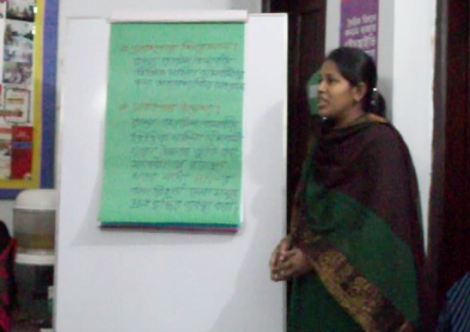

The United States Supreme Court yesterday struck down a 10 year old law banning US funds from flowing to NGOs that did not explicitly oppose prostitution. This is a landmark decision for the global health community and a step forward in the global fight against HIV/AIDS.
To take one example: Two years ago, I visited a “drop in center” for sex workers in the Bangladesh port city of Chittagong. This was an inviting place where women could rest, take a shower, and maybe have a meal. It was a safe place. The center also hosted daily classes about sexually transmitted diseases; offered condoms; HIV testing; and provided health screenings for women involved in the sex trade.
Bangladesh country has an HIV prevalence rate of less than 1%. That’s low–in fact it’s about two thirds less than the HIV rates in Washington, DC. But if you break down HIV rates by segments of the population the number skyrockets. Specifically, three groups are considered high risk: men who have sex with men; injecting drug users…and sex workers. Among those populations the rate is closer to 7%. This means that you can’t effectively eliminate HIV in Bangladesh without interventions that specifically target high risk populations.
The NGO running the center did not condemn the women for being sex workers, but rather recognized their reality and so worked with the women to make sure that they were as safe and as healthy as possible. Sex workers were on the front line of the fight against HIV in Bangladesh, so this NGO tailored its intervention to fight HIV in that community.
If programs like this can be scaled up now that USAID funding is more readily available, more sex workers will learn how to properly apply a condom and be tested for HIV. That can only lead to greater strides in the global fight against HIV/AIDS.
